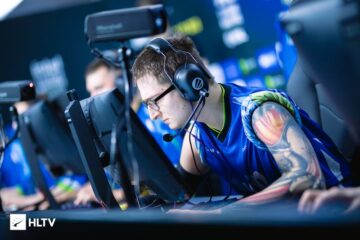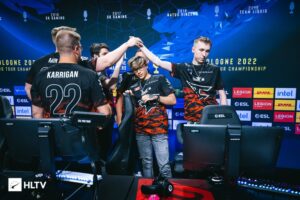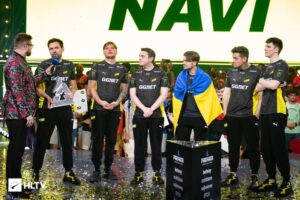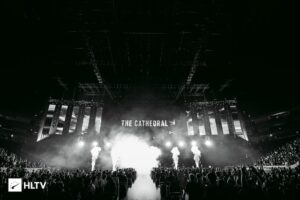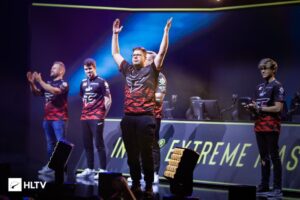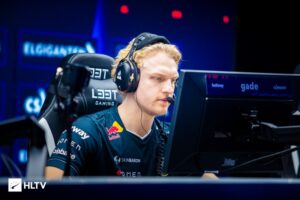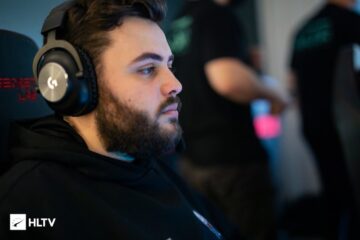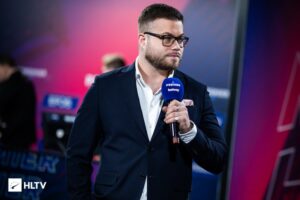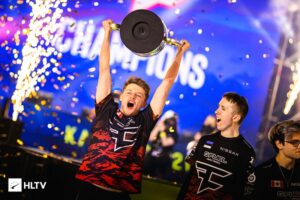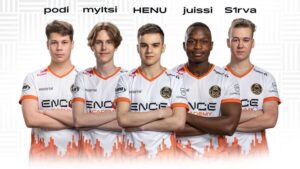The Counter-Strike fanbase was very much splintered when the year 2012 began, one part following and playing the nearly decade-old version of the game at the time, CS 1.6, and the other the younger but still seven-year-old brother, CS:Source. Counter-Strike had a core fanbase very loyal to the franchise, but newer titles like League of Legends were all the rage at the time, so the younger audience had more modern and attractive alternatives to the outdated first-person shooter, causing the CS player base to stagnate.
Some efforts were being made in joining the two groups together, mainly in the form of a new version called CSPromod, a community-made project featuring elements of both games. Progress on perfecting Promod was slow, though, so it never got off the ground beyond attracting a hardcore base holding on to hopes that it was the future.
An entirely new successor to the franchise was also on the horizon in Global Offensive, in development by a third-party company, Hidden Path Entertainment, but backed by Valve itself. The community first heard of the new game in mid-2011 when the Seattle-based publisher first revealed that CS:GO was in the works, and towards the end of the year the new title was played in a showmatch during the IEM6 Global Challenge New York 1.6 tournament. The closed beta began shortly after.
Sufficed to say, CS:GO was a mess when it was first brought to the screens. Sluggish movement, foggy maps, spray patterns that were all over the place, and sounds that were difficult to pinpoint were among the major concerns. This was still a beta and the official launch was over half a year away, but the early signs did not instill much confidence in the community that this was the game everyone would get behind and that would attract a new audience. An air of uncertainty loomed over the franchise’s future, and one couldn’t help but wonder whether Global Offensive would divide the scene even more.
[embedded content]
Some tournaments were still being hosted in both games in the first half of 2012, with VeryGames around Kévin “Ex6TenZ” Droolans continuing their dominance over in Source while fnatic, boasting a curious new mixture of Danish and Swedish players such as Finn “karrigan” Andersen and Richard “Xizt” Landström, were the top dogs in 1.6. But by the middle of the year, some of the biggest organizers had pulled either some or all of their resources from the scene. The tournaments then considered the “big three” in Counter-Strike 1.6 and the equivalent to today’s Majors — IEM, WCG, and ESWC — were all dropped in a span of a month.
It was not apparent at that point that these resources would move to CS:GO, either. ESWC was the only big organizer from 1.6 that announced its support of the new game with a side LAN tournament at first, while ESL only hosted weekly online cups, and others weren’t exactly lining up to fill the gap just yet. Another long-standing TO, DreamHack, was still planning to host events in 1.6 in Valencia and Bucharest in the latter half of the year.
It was understandable then that some players were hesitant to make the switch when at least some events were still being planned in 1.6. Seeing as their game was experiencing an even more noticeable decline at the top level and that was often touted as closer to CS:GO in mechanics, being built on the same engine, Source pro players seemed to have an easier time taking the plunge.
With the official CS:GO launch in the headlights, the first team featuring big names to announce their full commitment to the new game were Ninjas in Pyjamas. Compiled under an old, iconic brand was a combination of some of the best Swedish talent from both 1.6, in former SK duo Patrik “f0rest” Lindberg and Christopher “GeT_RiGhT” Alesund as well as Xizt from fnatic; and Source, in ex-30P pairing Adam “friberg” Friberg and Robin “Fifflaren” Johansson.
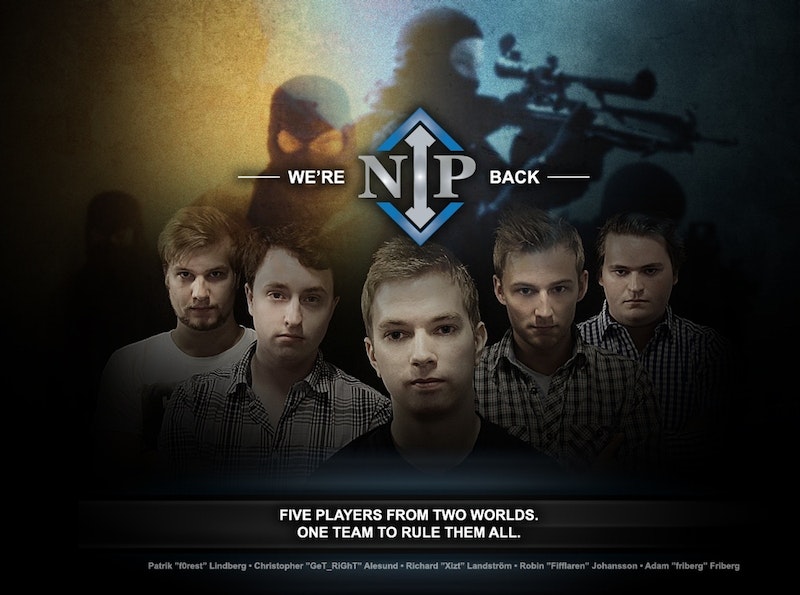
NIP were one of the first teams to commit to CS:GO
Other big names shortly followed in VeryGames, who had won almost everything there was to win in four consecutive years in Source, and the likes of the British mousesports, Joshua “steel” Nissan‘s mTw, Joona “natu” Leppänen‘s Hawks, and Area 51 and ProGaming.TD across the pond, to name a few.
Hot tip:
Hovering over team tags shows historically accurate lineups
When it came to other 1.6 heavyweights, some of the biggest names had their doubts. fnatic and Natus Vincere, the two best teams of 2012, were taking their time to decide, while ESC — the “Golden Five” roster around Wiktor “TaZ” Wojtas and Filip “NEO” Kubski — dabbled in both at the same time for a while, keeping their options open but making sure they are ready for CS:GO if it truly kicks off.
Read more
karrigan: “Not a big fan of CS:GO”
The new game was released on August 21 after months of beta testing, and it took a while before tournaments would start cropping up consistently. Up until this point a few of the known names only competed in ESL’s weekly Go4CSGO cups online before the first small LAN called SteelSeries GO took place in Sweden, where Ninjas in Pyjamas manhandled the local competition, but the bigger teams had yet to meet in one location.
The first time they met in person was at DreamHack Valencia a month later, after the organizers made a last-minute decision to move games to CS:GO due to a lack of signups for the 1.6 tournament. The Spanish event attracted VeryGames and Ninjas in Pyjamas, two teams on the tip of people’s tongues when discussing CS:GO’s early favorites, with the French side coming off of the massive Source streak while the Swedes boasted some serious firepower from 1.6 coupled with a healthy portion of the Source perspective.
As expected, the two favorites made it through the competition made up of Spanish and Portuguese teams without too much trouble and met in a highly-anticipated grand final matchup. It was the first of many title deciders between the two and the first of many that Ninjas in Pyjamas won over the kings of Source, ushering in the very first rivalry Global Offensive had to offer.
Competition in CS:GO was rather scarce in October while the few last Counter-Strike 1.6 tournaments were being held. In the meantime, the developers delivered two crucial updates to the game — the first being a much-anticipated matchmaking system (a simple one without ranks for the time being), and the second bringing the GOTV. These were important elements that the game had been sorely missing at a time when it was struggling to surpass the Steam numbers of either of its predecessors for months following its launch.
Strides were also being made in competitive formats and map pools, with tournament organizers coming together to form a unified rulebook and addressing a key gripe many of the pro players had with one aspect of the game: Molotovs and incendiary grenades. These weren’t exactly popular among the top then, mainly due to them being too effective at stopping rushes and slowing down rounds in general. Molotovs and incendiary grenades had a movement-slowing effect and couldn’t be extinguished until an update changed that in November, so places like Inferno banana were a nightmare to get control of, but they were allowed in competitive play despite the criticism.
Meanwhile, the competitive scene was slowly growing as new teams were coming over all the time, including a few who would go on to compete for deep runs in the near future, such as CPH Wolves, Virtus.pro, the German MOUZ, and the Polish juggernauts ESC.
Most of the aforementioned names played on LAN for the first time at ESWC in November, but even though they were competitive, it was still Ninjas in Pyjamas and VeryGames who came out on top, setting up a second consecutive grand final between the titans. Ex6TenZ‘s team got closer to taking a map off the Swedes this time, but another title went Ninjas in Pyjamas‘s way after they dominated yet again, with four of their players ending among the top seven rated.
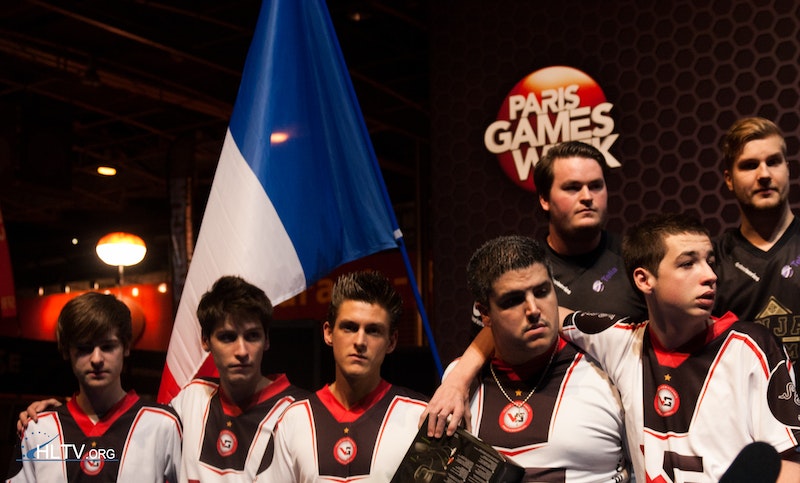
VeryGames were perennial bridesmaids during NIP’s era
Then came by far the busiest month CS:GO had seen up to that point. Five international events filled out the rest of the year, starting with the biggest of the lot at DreamHack Winter, featuring 16 teams and the biggest prize purse so far with $45,000 on offer. Among the new teams in play there were fnatic, who had finally entered the fray after making the switch from 1.6. Despite their prowess in the previous game they struggled to make an impact as they went out in a group featuring Ninjas in Pyjamas and Sam “RattlesnK” Gawn‘s mousesports.
RattlesnK‘s team were beginning to make a name for themselves as new rivals to the dominant Swedes, threatening their match and map-winning streak on two occasions at DreamHack, in the groups and in the semi-finals. Despite the two scares in maps that went the full distance, Ninjas in Pyjamas once again rallied to reach the grand final undefeated and meet none other than VeryGames there. One would be fooled to think the two close calls with the British-Norwegian squad were an indication that the gods could bleed, as GeT_RiGhT and company hammered their rivals in the most one-sided grand final between the two to date.
This was a story that would repeat itself again at the AMD Sapphire Invitational just a week later. The calendar turned to December and NIP looked insurmountable as ever in Prague, strolling to their fifth consecutive LAN title and the fourth they won over the perennial bridesmaids around Ex6TenZ.
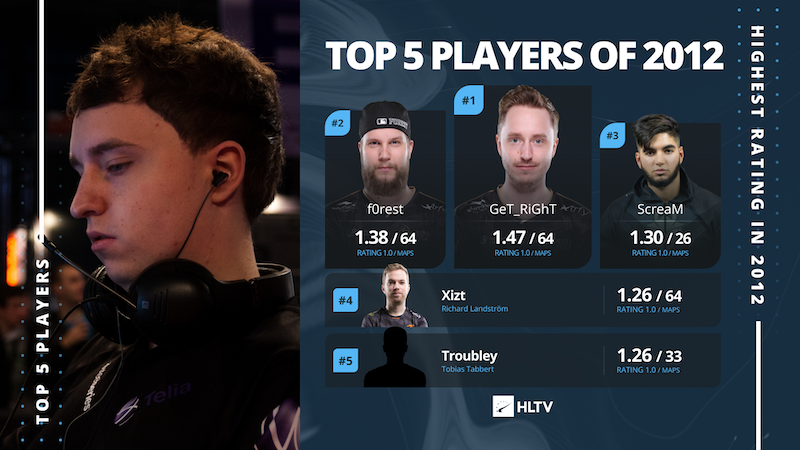
NIP’s firepower was ridiculous, boasting three of the top-four-rated players of 2012 (CS:GO only)
That rivalry wouldn’t resume until 2013, as DreamHack Winter was VeryGames‘ final event of 2012, while Ninjas in Pyjamas still had two more to win. THOR Open in Stockholm was the first, boasting solely regional competition, which saw natu‘s and Aleksi “allu” Jalli‘s Curse challenge CS:GO’s unbeaten team in the grand final to no avail as Ninjas in Pyjamas picked up their sixth title. The seventh came the following week at NorthCon in Germany — a ridiculous showcase of sheer power in which the Swedes lost only four rounds on average in 10 maps, facing off against lesser known names and ESC in the grand final.
The Poles around TaZ and NEO at least went on to make up for the loss in Kyiv at SLTV StarSeries IV. A win over Richard “shox” Papillon‘s Imaginary and back-to-back victories against Virtus.pro earned the Poles the final international title of 2012 and the only one that didn’t go the way of NIP, who skipped the event.
And thus ended 2012. It was a year that began with a frightening prospect of an even more divided Counter-Strike scene and ended with some hope of a better future. Most of the biggest names made the switch in the end and even NAVI, the most hesitant squad to pick up the game, got on board. The wider CS fanbase still had yet to take much liking to the new version, but that was just about to start to change as the calendar turned to 2013.
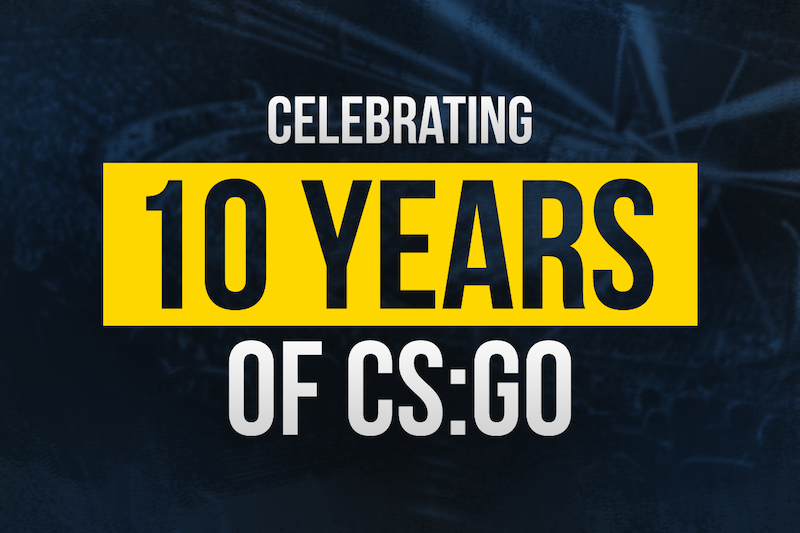
Read more
Celebrating 10 years of CS:GO
- alpha metaverse
- battlebots
- blockchain conference esports
- coin genius
- crypto conference esports
- esport games
- esporta
- esporta app
- esporta fitness
- esports
- Evil Geniuses
- games with esports
- HLTV
- loco esports games
- metaverse esport games
- national sports week
- plato
- plato ai
- plato data intelligence
- plato game
- plato gaming
- platodata
- platogaming
- simplicity esports
- spasm esports games
- steam esports games
- Team SoloMid
- tundra esports
- twitch esports games
- zephyrnet
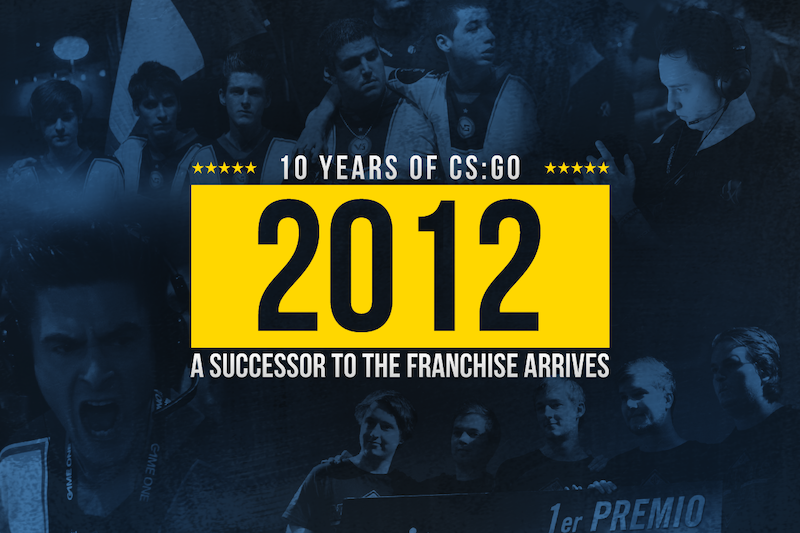
![[LIVE] BLAST.tv EU RMR open qualifier 2 continues with round of 512](https://platogaming.com/wp-content/uploads/2023/02/live-blast-tv-eu-rmr-open-qualifier-2-continues-with-round-of-512.gif)
